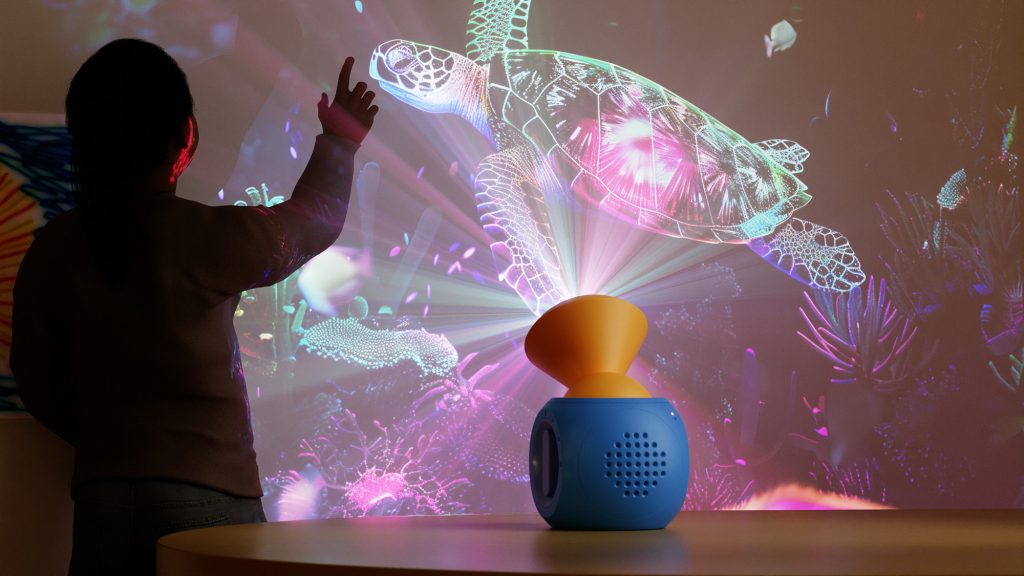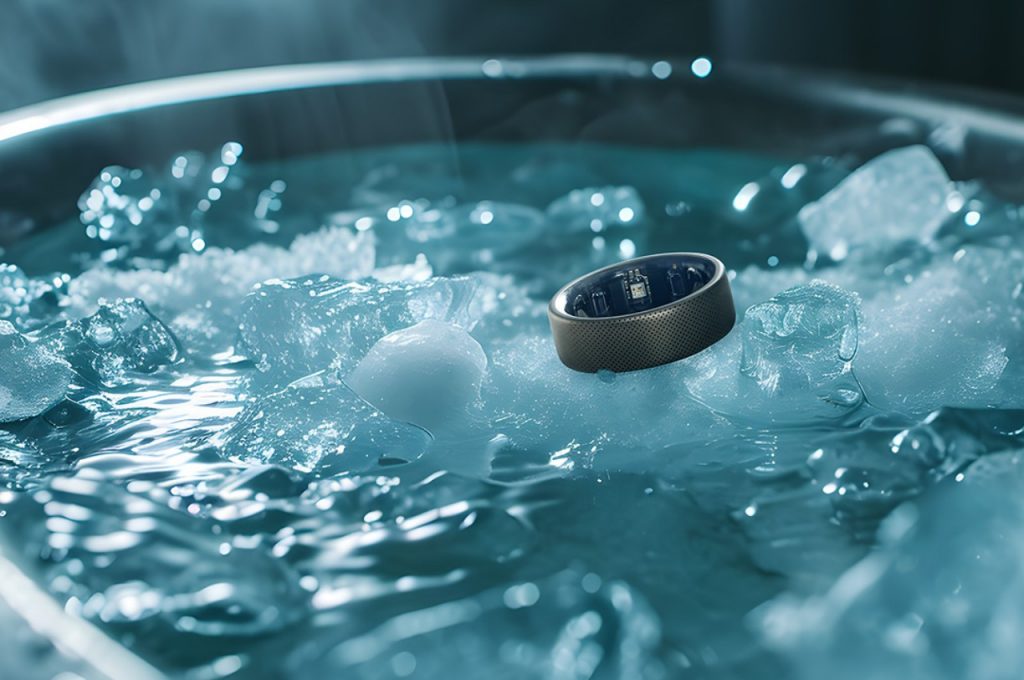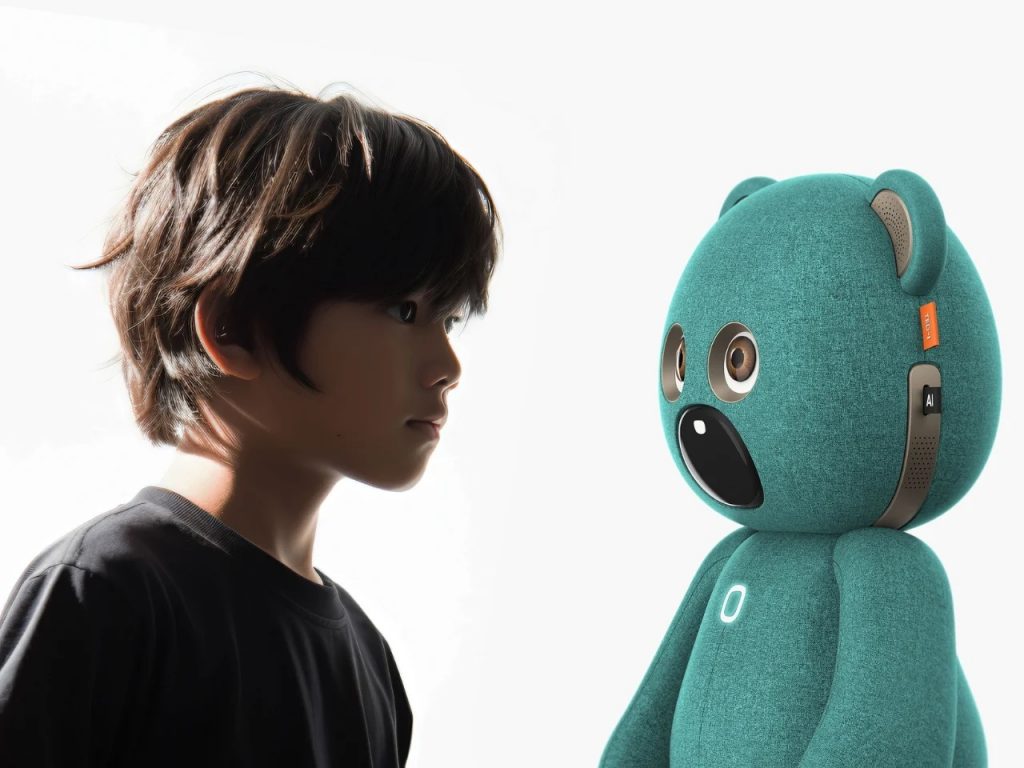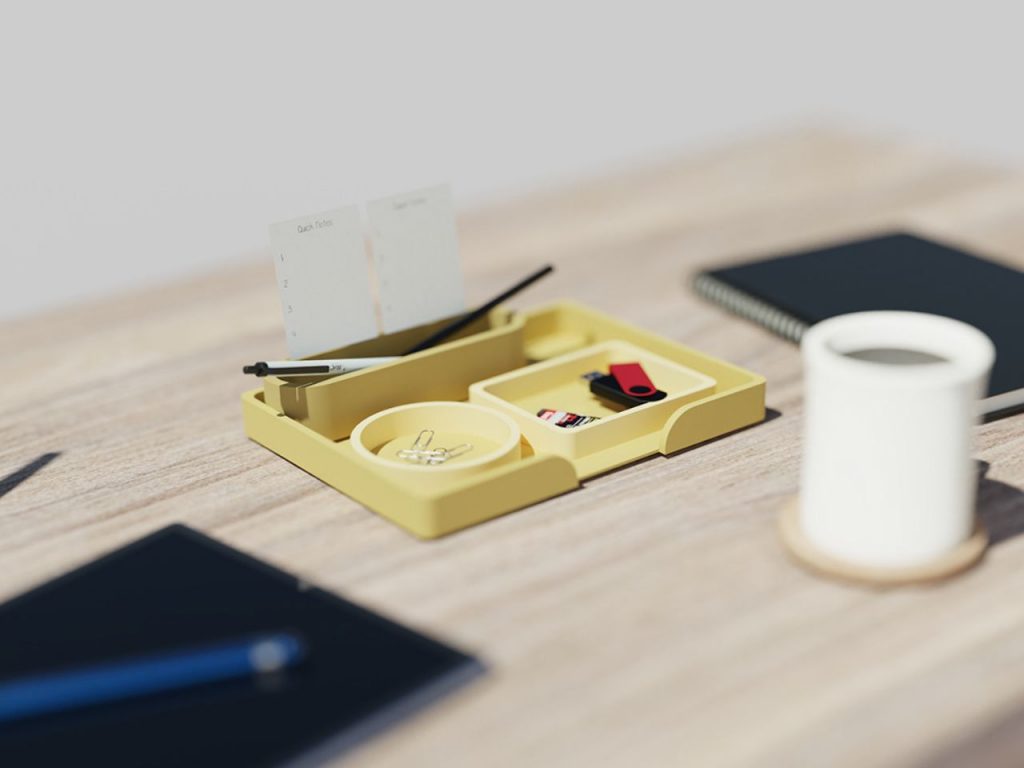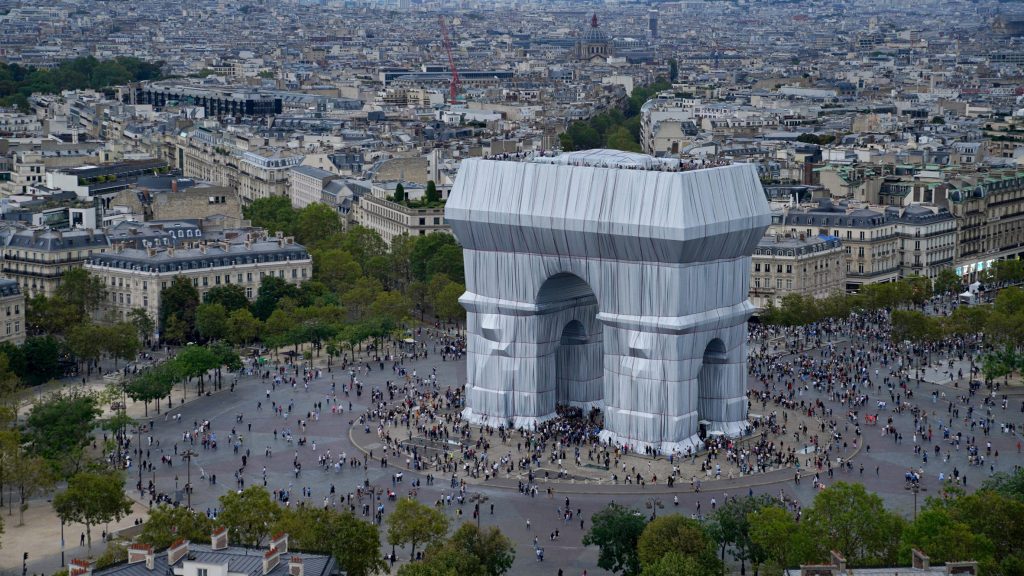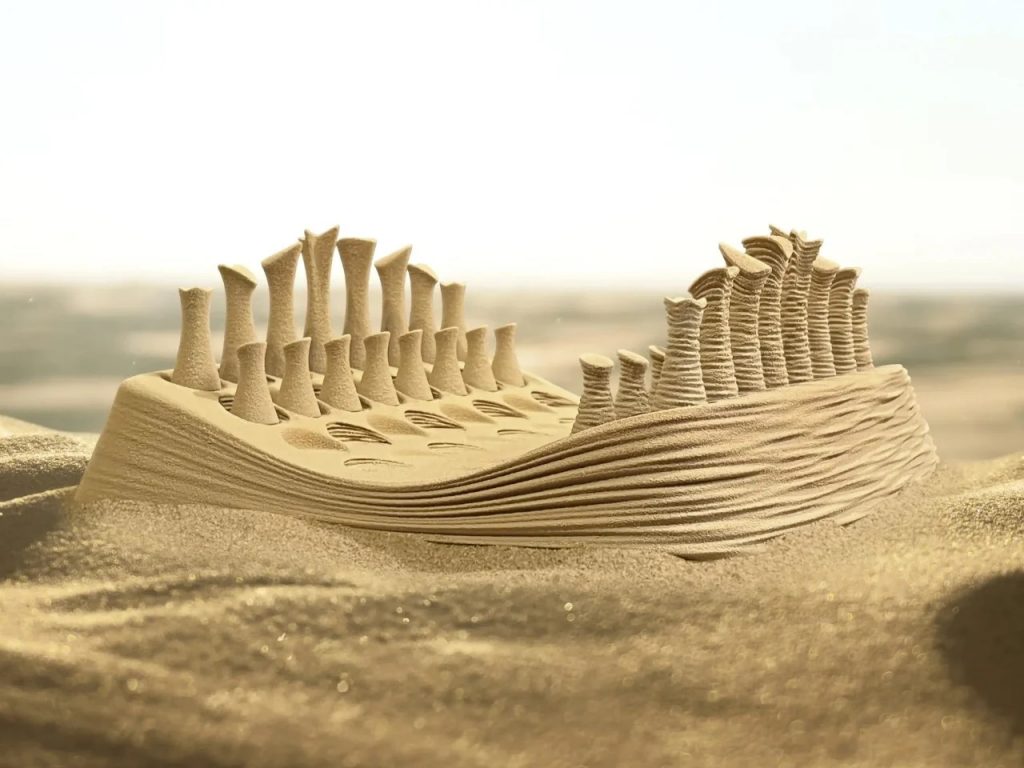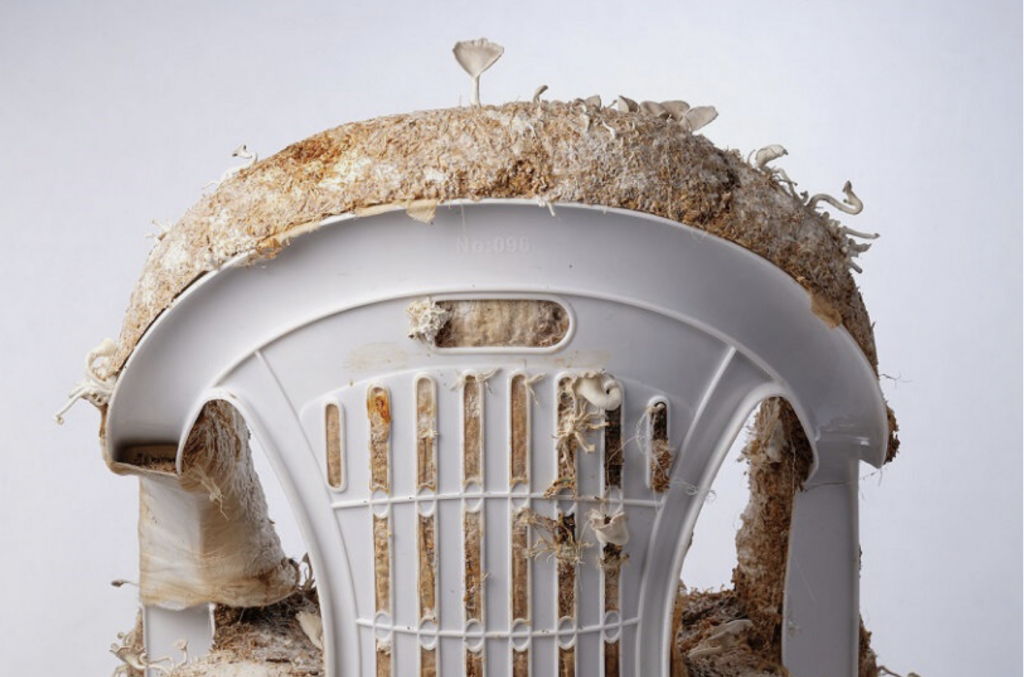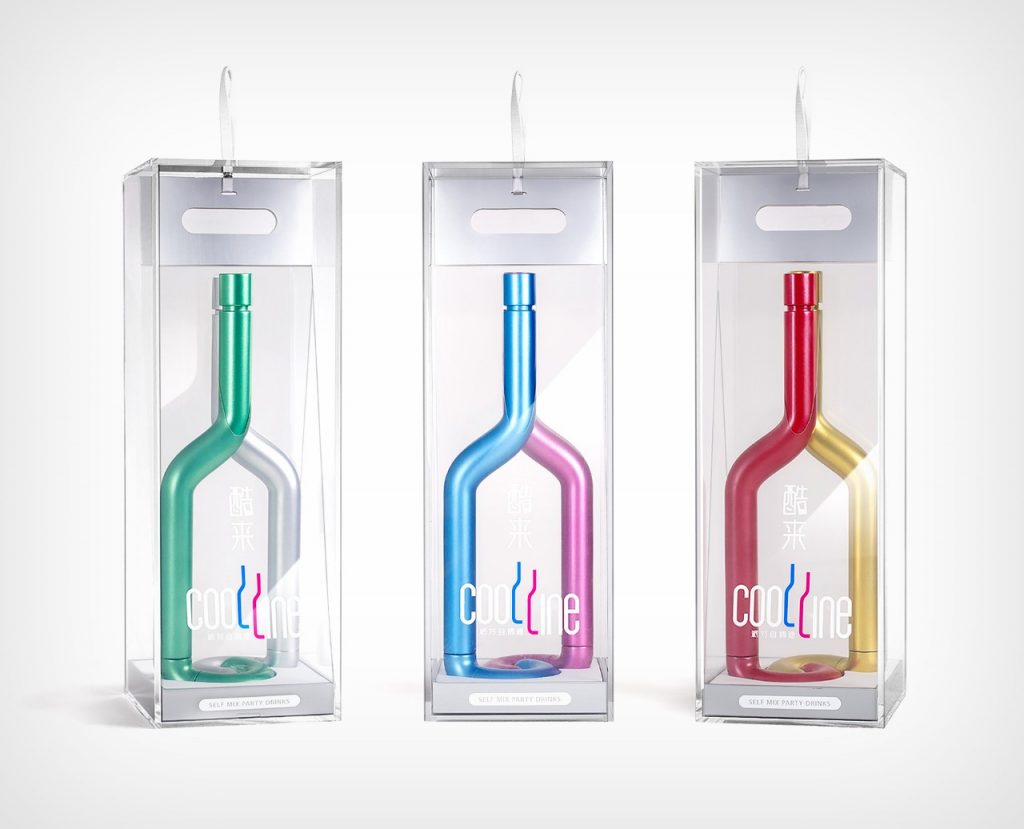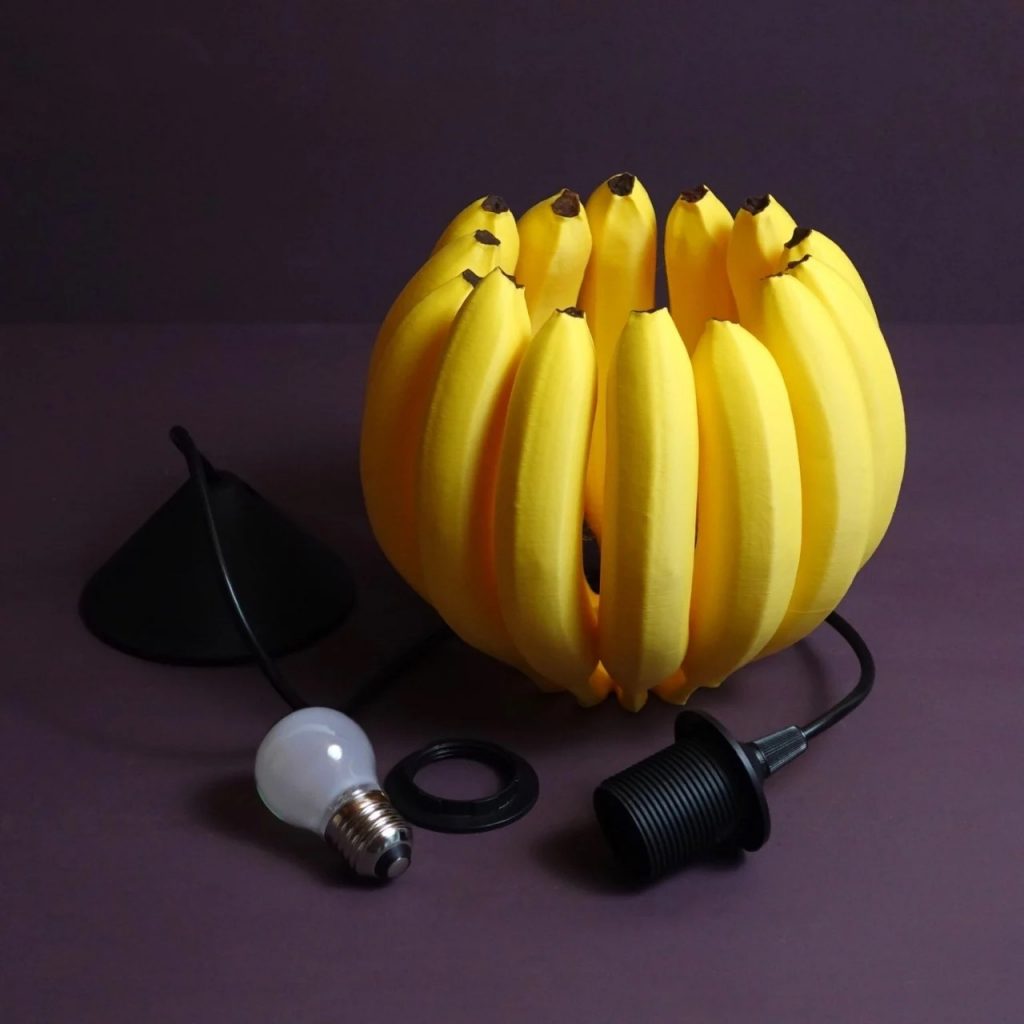The landscape of artificial intelligence is rapidly evolving, with technology moving beyond simple task automation to explore more nuanced and personal applications. AI is increasingly integrated into our daily lives, shaping our experiences and interactions. This exploration showcases how designers are reimagining our relationship with technology and pushing the boundaries of both functionality and emotional connection.
